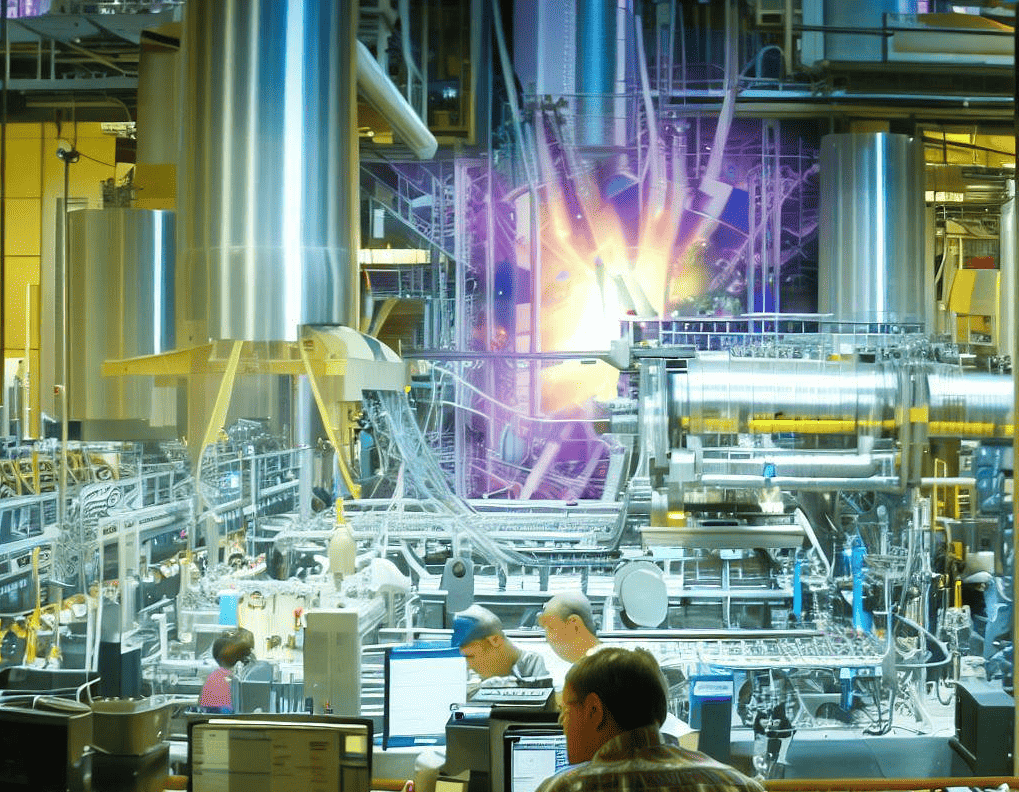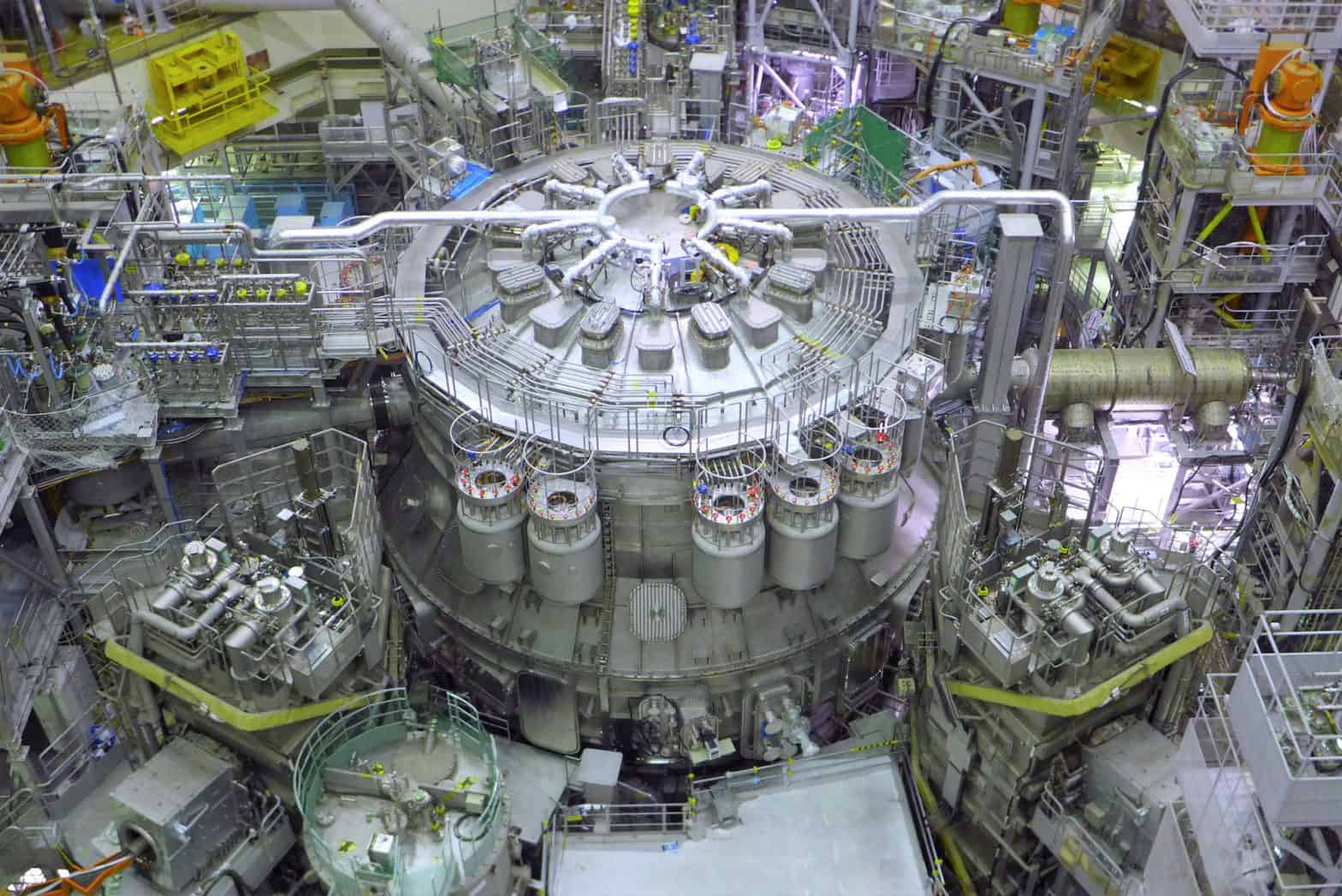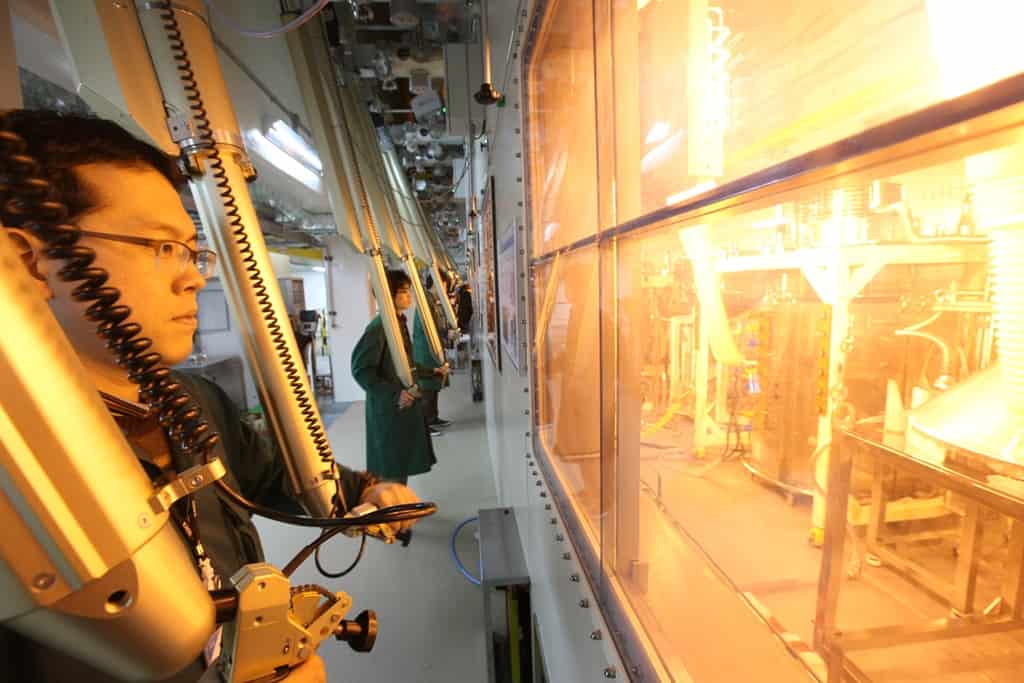
The Lawrence Livermore National Laboratory has announced a groundbreaking accomplishment in nuclear fusion research. For the second time since December, they have reported a net energy gain from a fusion reaction, marking a significant milestone in making fusion energy a viable power source. While commercial fusion is expected to require reactions generating between 30 and 100 times the energy in the lasers, this achievement provides a promising insight into the future of clean power. Fusion energy, unlike fission, produces minimal nuclear waste and does not emit harmful greenhouse gases, making it a potentially revolutionary source of low-carbon electricity.
- US scientists reported a second energy gain from a fusion reaction.
- It’s the second time the American researchers achieved this milestone.
- With minimal nuclear waste generation and without emitting greenhouse gases, nuclear fusion has the potential to be a revolutionary source of low-carbon electricity.
A major leap forward
U.S. scientists at the Lawrence Livermore National Laboratory in California have once again made history by achieving a net energy gain in a fusion reaction. This was not the first instance of such a breakthrough; a similar milestone was reached in December 2022. During that experiment, the scientists, working at the National Ignition Facility (NIF), used 192 laser beams to provide 2.05 megajoules of energy to a deuterium-tritium fuel pellet. The fusion reaction output was a substantial 3.15 megajoules of energy, demonstrating the scientific viability of inertial confinement fusion energy.
The most recent round of experiments, conducted on 30 July 2023, gave initial data indicating an energy output exceeding 3.5 megajoules. While the results are still being analysed, the net energy gain from these fusion experiments is a significant advancement in the field of nuclear fusion.

Understanding nuclear fusion
Nuclear fusion is a process in which two light atomic nuclei combine to form a heavier nucleus, releasing a considerable amount of energy. This process occurs in plasma, a state of matter distinct from solids, liquids, and gases. Fusion reactions have been the subject of scientific scrutiny since the 1930s, with the goal of harnessing this intense energy source for clean and abundant power.
The fusion process could potentially generate four times more energy per kilogram of fuel than nuclear fission, and almost four million times more energy than burning oil or coal. Unlike the current nuclear reactors which rely on fission, fusion reactors are considered intrinsically safe and produce minimal nuclear waste.
The road to commercialization
Despite these promising developments, the road to commercial fusion power remains challenging. The energy gain noted in these experiments compares only the energy produced from fusion to the energy in the lasers. It does not account for the total energy required to power the system. Experts estimate that commercial fusion will require reactions generating between 30 and 100 times the energy in the lasers.
Nevertheless, the achievement of a net energy gain in a fusion reaction represents a significant step towards a sustainable future. The achievement was hailed by the US Secretary of Energy, Jennifer Granholm, as a landmark, sparking hope for further discovery.

The future of fusion
Although challenges remain, such as reactor development and high associated costs, nuclear fusion is seen as a key solution to the increasing global energy demand. Continued technological advancements and industry support will be crucial in realizing the full potential of nuclear fusion and its contribution to solving the energy issue.
The International Atomic Energy Agency (IAEA) plays a significant role in this international fusion research and development, supporting early technology development and deployment. The IAEA’s efforts, and those of scientists worldwide, aim to bring nuclear fusion to the market, potentially revolutionizing our power sources within the 21st century.





